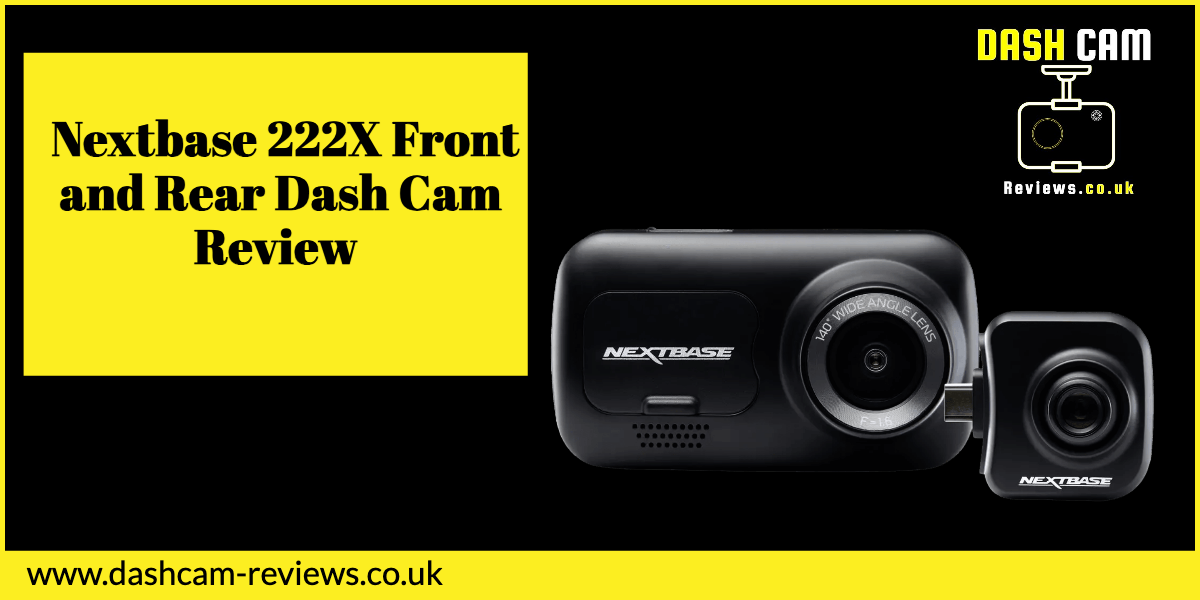Driving a Toyota C-HR is already an enjoyable experience, but have you ever considered adding a dash cam to your vehicle?
Dash cams have become increasingly popular, and for good reason. They provide valuable evidence in case of an accident and can offer peace of mind while on the road.
In this article, we will walk you through the process of installing a dash cam in your Toyota C-HR, from choosing the right camera to troubleshooting common issues. Let’s get started!
Why Install a Dash Cam in Your Toyota C-HR?
Benefits of Dash Cams
Dash cams offer numerous advantages for drivers. They can provide evidence in case of an accident, help with insurance claims, and even capture scenic drives or unexpected events. Additionally, some dash cams offer extra features like GPS tracking and speed monitoring, making them versatile tool for vehicle owners.
Legal Protection
In the event of a car accident, a dash cam can be an invaluable source of evidence. It may help prove who was at fault, potentially saving you from expensive legal fees and insurance premium hikes. In some cases, dash cam footage can even lead to the dismissal of unjust traffic tickets. Overall, having a dash cam in your Toyota C-HR is a smart investment for your safety and financial well-being.
Preparing for the Installation
Gather Necessary Tools and Materials
Before you begin the installation process, gather the necessary tools and materials. This may include a Phillips screwdriver, a trim removal tool, electrical tape, cable ties, and a 12V-to-5V converter (if your dash cam requires one).
Decide on Camera Placement
Take the time to decide where you want to mount the dash cam in your Toyota C-HR. The ideal location is usually behind the rearview mirror on the windshield, as this offers an unobstructed view of the road. Be sure to avoid any sensors or cameras that may be present in the area, and make sure the placement adheres to your local laws and regulations.
Step-by-Step Guide to Installing Your Dash Cam

Mounting the Camera
- Clean the windshield area where you plan to mount the camera with a glass cleaner to ensure proper adhesion.
- Remove the protective film from the adhesive pad on the camera mount and carefully position the mount on the windshield. Press firmly for a few seconds to secure the mount in place.
- Attach the dash cam to the mount, ensuring it is securely locked in place.
Running the Cables
- Tuck the power cable into the headliner, starting from the camera and moving towards the A-pillar. You can use a trim removal tool to help with this process.
- Run the cable down the A-pillar, being careful not to interfere with any airbags. It’s best to route the cable behind the airbag or any existing wiring to avoid interference.
- Continue running the cable under the dashboard and towards the fuse box, using cable ties or clips to keep the cable tidy and secure.
Connecting the Power Supply
- Locate your vehicle’s fuse box, typically found on the driver’s side, either under the dashboard or in the engine compartment.
- Identify a fuse that is only powered when the ignition is on (e.g., the accessory or radio fuse). You can use a circuit tester or consult your vehicle’s manual for assistance.
- Connect the dash cam’s power cable to the chosen fuse using a fuse tap or add-a-circuit adapter. Ensure the connection is secure and the fuse is seated properly.
- Connect the ground wire from the power cable to a metal grounding point on the vehicle’s chassis. Make sure the connection is clean and secure.
Testing the Dash Cam
- Start your Toyota C-HR and verify that the dash cam powers on when the ignition is on.
- Check the camera’s display or use the companion app (if available) to ensure the camera is recording and capturing clear footage.
- Adjust the camera’s angle, if necessary, to optimize the view of the road.
Troubleshooting Common Issues
If you encounter any issues during the installation process, consult the dash cam’s manual for guidance. Common problems include a loose connection, a blown fuse, or incorrect camera placement. Be patient and thorough when troubleshooting, as a well-installed dash cam is crucial for capturing clear and accurate footage.
FAQs on Toyota C-HR Dash Cam Install
1. Is it legal to install a dash cam in my Toyota C-HR?
In most locations, it is legal to install a dash cam in your vehicle. However, laws may vary depending on your jurisdiction, so be sure to research local regulations before installing your dash cam.
2. Can I hardwire my dash cam to my Toyota C-HR’s battery?
Yes, you can hardwire your dash cam directly to your vehicle’s battery. This process requires a hardwiring kit and may involve additional steps compared to a fuse box installation. It is recommended to consult a professional if you are not confident in your electrical skills.
In conclusion, the Toyota C-HR dash cam installation process is a valuable investment for drivers seeking to enhance safety, record valuable footage, and potentially save on insurance premiums.
This article has provided a comprehensive guide, detailing the necessary tools, components, and step-by-step instructions to successfully install a dash cam in a Toyota C-HR. By following these instructions and taking necessary precautions, any C-HR owner can confidently equip their vehicle with this crucial safety feature.
Ultimately, a properly installed dash cam will provide peace of mind and serve as an indispensable tool for capturing on-road events and protecting drivers from potential liabilities.




